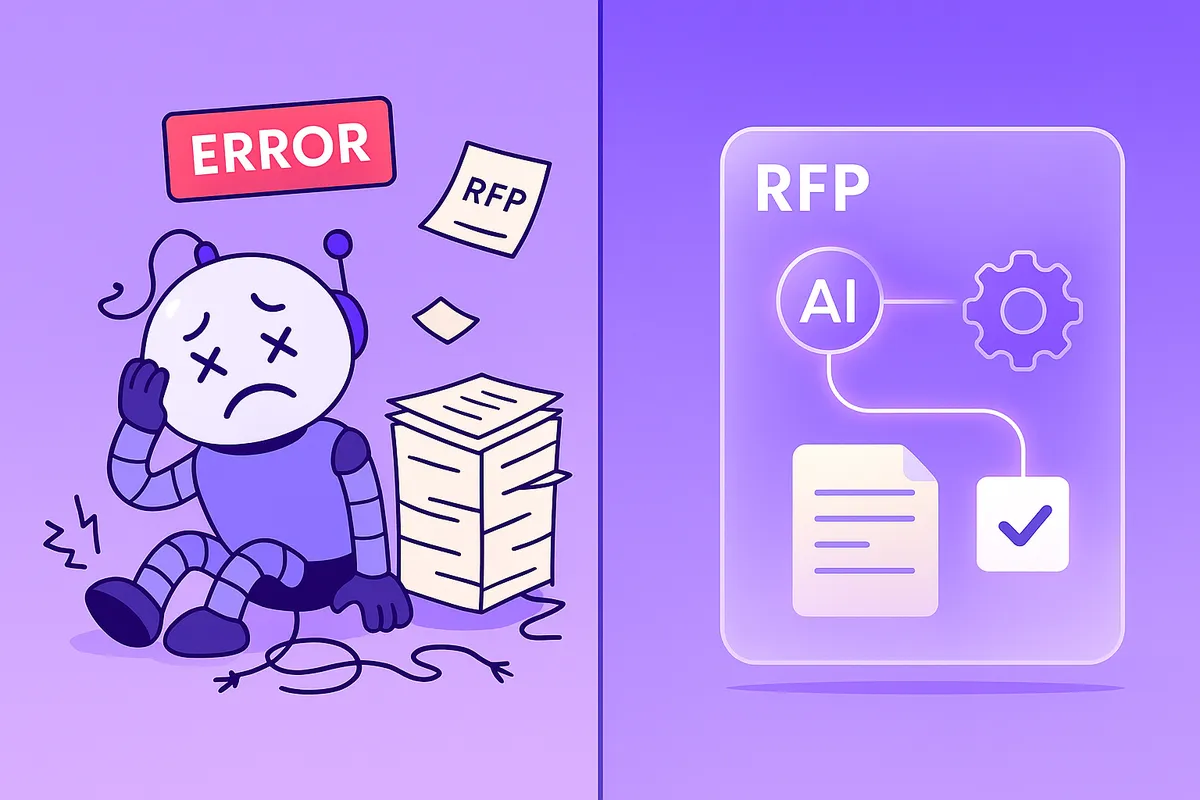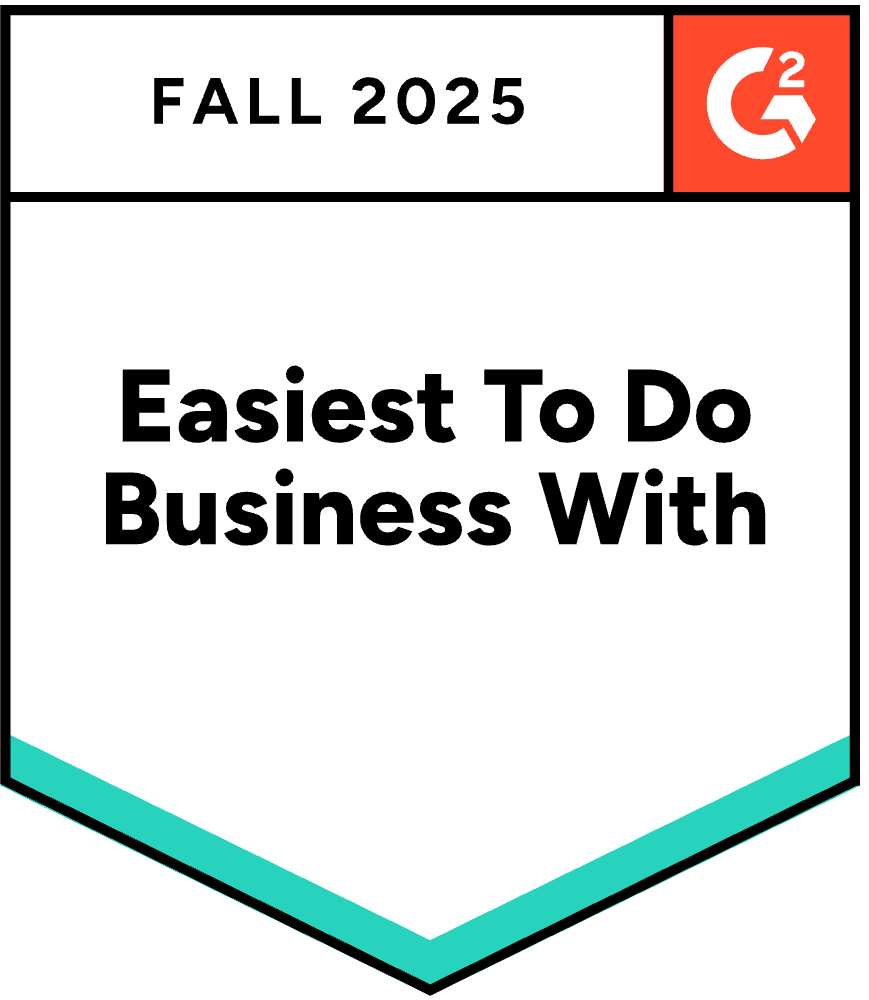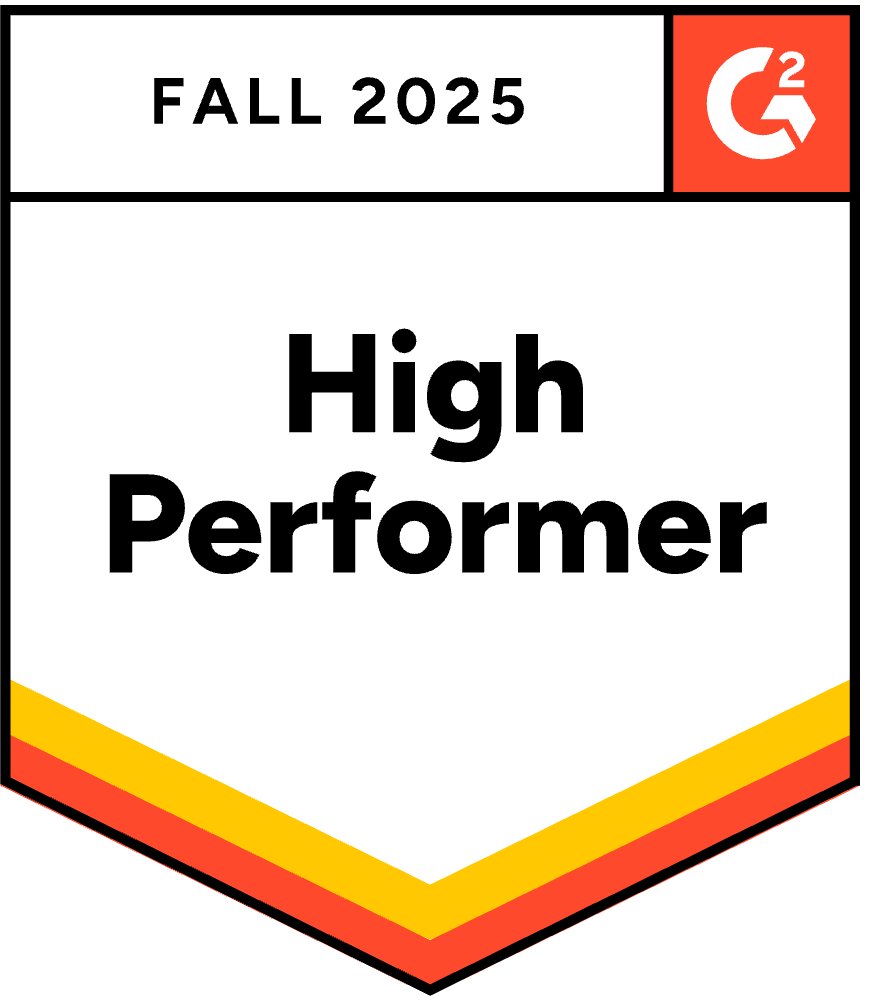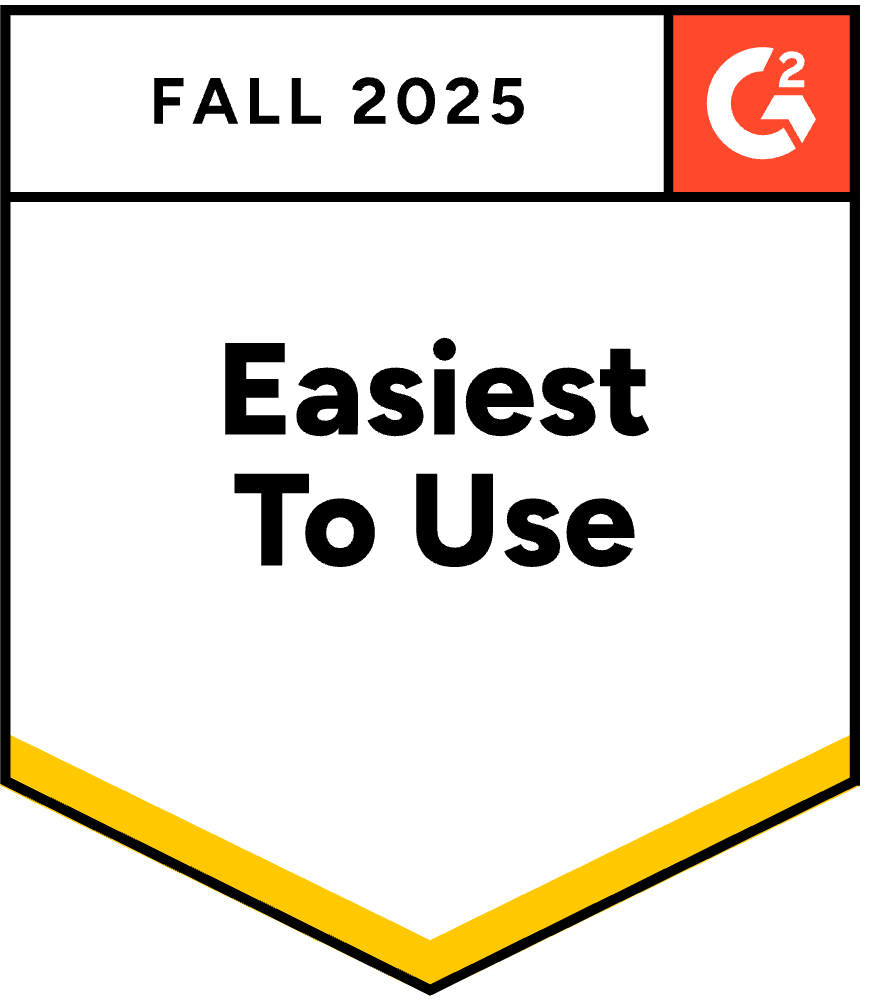B2B RFP Process: Essentials & Best Practices
August 16, 2025
By
Evie Secilmis
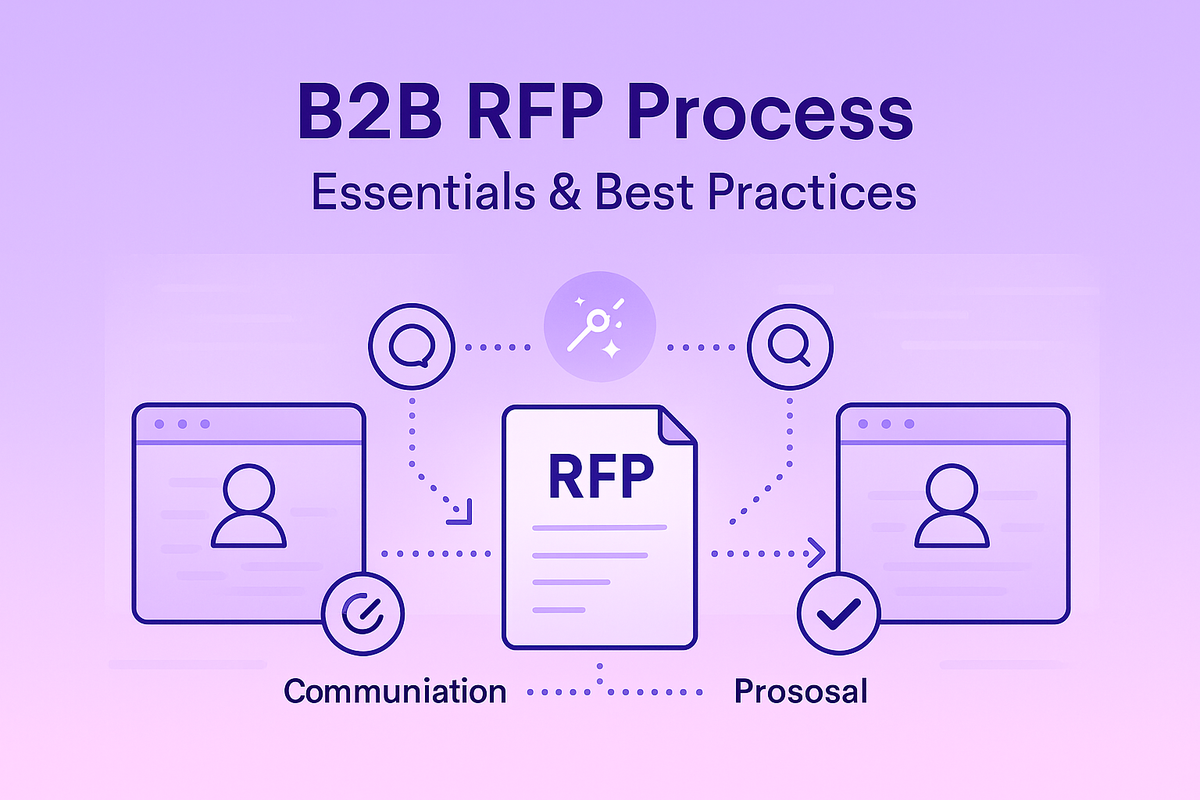
B2B RFP Process: Essentials & Best Practices
Navigating the B2B Request for Proposal (RFP) process can feel complex — but understanding its essentials can turn it into a powerful driver of business success. Whether you’re issuing RFPs or responding to them, mastering the fundamentals helps streamline procurement, encourage competitive bidding, and build stronger vendor relationships.
In this article, we’ll break down the key components of the B2B RFP process, explore why it’s essential, and share best practices to help you improve efficiency, transparency, and win rates.
What Is a B2B RFP?
A B2B RFP (Business-to-Business Request for Proposal) is a formal document businesses use to solicit bids from potential vendors or service providers. It outlines project requirements, goals, and evaluation criteria — helping organizations identify the most suitable partner.
If you’re new to RFPs, read our comprehensive guide RFP 101: What Is a Request for Proposal to understand how RFPs fit into modern procurement workflows.
Why the RFP Process Is Essential for B2B Companies
The RFP process plays a critical role in business procurement strategies. It creates structure, fairness, and accountability when selecting vendors — ensuring companies make informed, cost-effective decisions.
1. Competitive Pricing
Inviting multiple vendors to submit proposals allows businesses to compare costs, terms, and value propositions side by side — ensuring they secure the best deal possible.
2. Transparency and Fairness
By establishing clear criteria and submission rules, RFPs promote transparency and equal opportunity, allowing all vendors to compete on a level playing field.
3. Informed Decision-Making
Detailed proposals help procurement teams evaluate vendor capabilities, past performance, and alignment with project objectives — reducing risk and increasing project success.
Key Components of a Strong B2B RFP
An effective RFP is clear, comprehensive, and easy for vendors to respond to. The following elements are essential:
1. Introduction and Company Overview
Briefly introduce your company and outline the purpose of the RFP. This section sets the tone and helps vendors understand your organization’s goals.
2. Project Scope and Objectives
Clearly define the problem you’re trying to solve, the project goals, deliverables, and timelines. Specificity helps vendors provide accurate, relevant proposals.
3. Evaluation Criteria
List the factors that will determine your selection — such as cost, experience, technical capabilities, and post-project support. Transparent criteria build trust and accountability.
4. Submission Guidelines
Specify how and when vendors should submit their proposals. Include details on document format, required materials, and contact information for clarifications.
5. Terms and Conditions
Outline legal and contractual requirements, including payment terms, confidentiality agreements, and compliance expectations.
Step-by-Step Breakdown of the B2B RFP Process
Understanding the stages of the RFP process helps teams stay organized and efficient from start to finish.
1. Define the Need
Start by identifying the specific business need or challenge. Align internally with key stakeholders to clarify objectives, budgets, and desired outcomes.
2. Draft the RFP
Develop a detailed RFP that outlines your goals, requirements, and evaluation criteria. Make sure it’s structured and easy to follow.
3. Distribute the RFP
Share the RFP with prequalified vendors or publish it through procurement platforms. The goal is to attract responses from vendors who truly fit your needs.
4. Evaluate Proposals
Once submissions are received, review them against the established criteria. Consider cost, capability, and fit — not just price.
5. Select the Vendor
Choose the vendor that best aligns with your objectives. Notify all participants of the outcome and offer constructive feedback when possible.
6. Negotiate and Finalize
Work with the chosen vendor to finalize terms, clarify expectations, and confirm deliverables before signing.
7. Manage and Monitor
After the contract is awarded, maintain communication with the vendor to ensure alignment on timelines and quality standards.
Best Practices for a Streamlined RFP Process
Implementing a few key best practices can elevate your RFP outcomes and help foster stronger, long-term partnerships.
Be Clear and Concise
Avoid unnecessary jargon or overly complex language. Clarity helps vendors respond accurately and efficiently.
Set Realistic Timelines
Give vendors enough time to craft thorough, high-quality proposals — while keeping internal deadlines realistic.
Engage Key Stakeholders
Include input from multiple departments (finance, operations, legal, IT) to ensure all needs are covered.
Provide Feedback
Offering feedback to both winning and non-winning vendors builds trust and helps improve future responses.
Continuously Refine Your Process
Regularly review your RFP templates, evaluation criteria, and workflows to identify inefficiencies or outdated practices.
For more on improving proposal outcomes, see Maximizing Your RFP Win Rate: Strategies for Success — a guide to refining your proposal process and boosting success rates.
Final Thoughts
The B2B RFP process is more than just a procurement formality — it’s a strategic tool for identifying the best partners, improving cost efficiency, and building long-term business relationships.
By following the best practices outlined here, you can enhance transparency, foster competitive bidding, and make smarter, data-driven decisions that strengthen your company’s position in the market.
Whether you’re new to issuing RFPs or looking to optimize your process, understanding these essentials will help you run smoother projects and secure better partnerships every time.
Share this post
Link copied!




.png)
